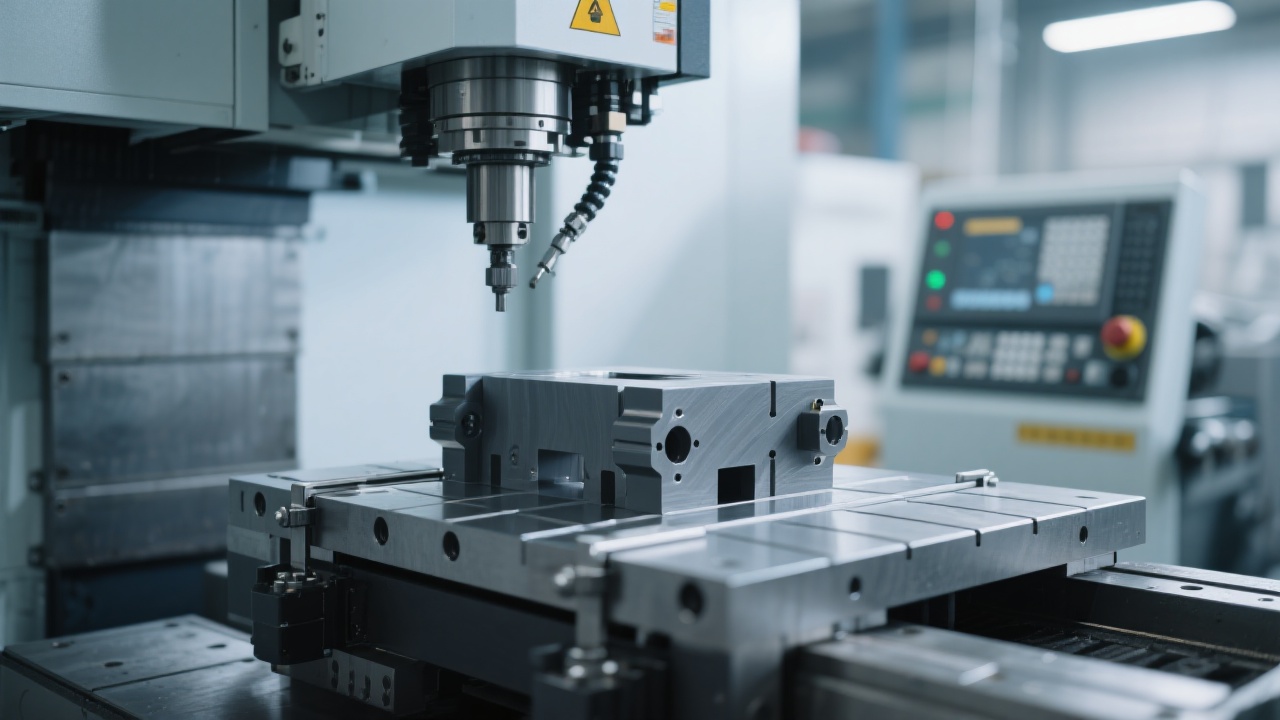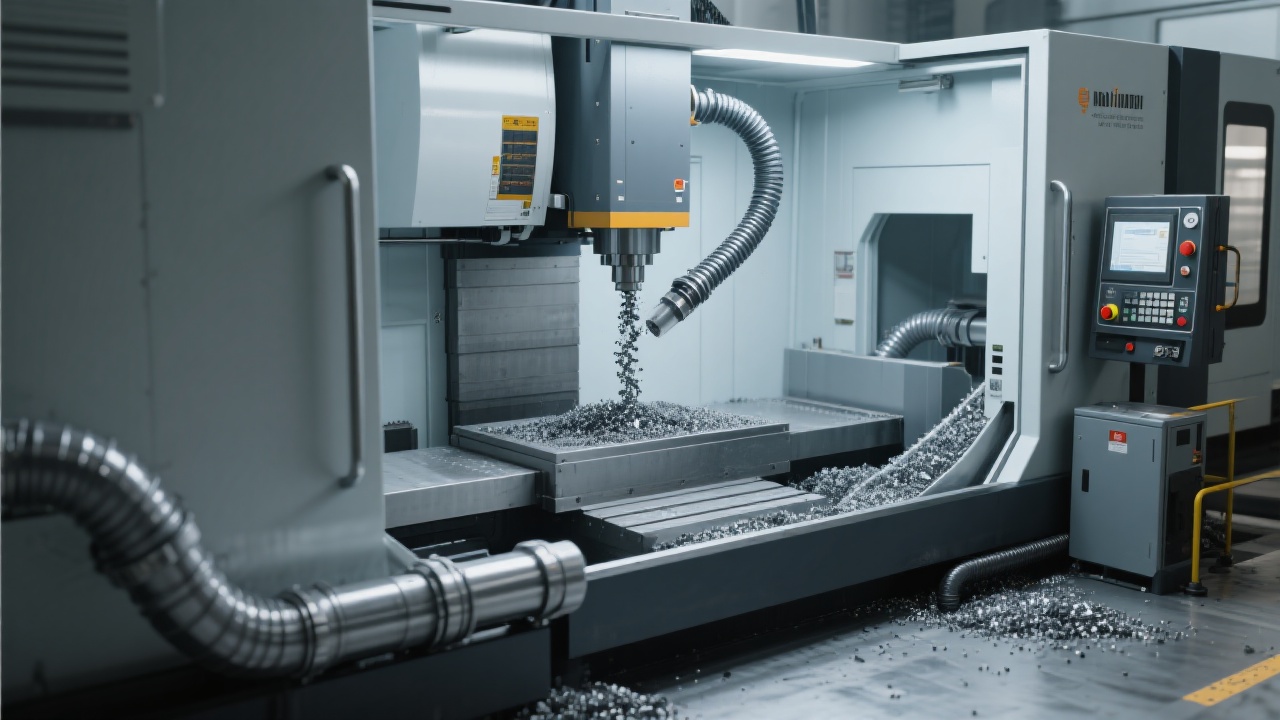
In today’s aerospace manufacturing landscape, composite materials have become pivotal for their lightweight strength and adaptability. However, machining these composites—in particular graphite-reinforced aerospace materials—presents profound challenges for processing equipment. Metal chips and graphite dust are notorious contaminants that accelerate wear and lead to frequent machine failures. Employing fully sealed enclosure designs emerges as a critical engineering solution to safeguard high-precision machining centers, ensuring operational reliability and longevity.
Traditional machining centers struggle under the harsh conditions imposed by graphite composites. Particulate contamination infiltrates spindle bearings, linear guides, and sensitive electronic components, leading to:
Data from leading aerospace manufacturers indicate that without containment, graphite dust concentrations inside the equipment can exceed 200 mg/m³, far surpassing acceptable cleanroom thresholds and causing irreversible damage to precision parts.
The crux of sealing technology lies in selecting high-performance polymer composites that maintain structural integrity under thermal and mechanical stresses. These materials resist abrasion from micron-scale fibers and metal debris, ensuring longevity. Coupled with dynamic sealing techniques—using labyrinth seals and custom-engineered elastomer gaskets treated with anti-leak coatings—the system effectively eliminates infiltration paths without compromising machine mobility.
The integration of advanced sealing technologies follows rigorous interface sealing protocols:
| Sealing Aspect | Material/Technique | Purpose |
|---|---|---|
| Enclosure Body | High molecular weight polyethylene (HMWPE) composite | Abrasion resistance and structural rigidity |
| Dynamic Seals | Fluoroelastomer gaskets with anti-leak surface treatment | Prevent dust ingress while allowing machine movement |
| Interface Joints | Robust mechanical interlocks with silicone sealants | Ensure long-term sealing under thermal cycling |
Completely sealing the enclosure introduces unique thermal management challenges, as traditional ventilation openings become sources of contamination. To address this, engineers implement optimized airflow pathways combined with temperature-controlled fans and filtered recirculation systems that balance the imperative of dust exclusion with adequate heat dissipation.
Computational Fluid Dynamics (CFD) simulations indicate that strategically placed intake and exhaust ducts with HEPA filtration reduce temperature spikes by up to 20% compared to sealed units without airflow optimization, while maintaining particle filtration efficiency greater than 99.97%.

Major aerospace supplier XYZ Corp reported a 45% reduction in maintenance downtime and extended spindle bearing life by 60% within 18 months of implementing fully sealed enclosures on their five-axis CNC machining centers dedicated to graphite composite parts.
Furthermore, the company observed a:
These metrics underscore the sealing design’s capacity to significantly elevate equipment reliability and overall manufacturing productivity.

The integration of fully sealed enclosure designs is rapidly moving from niche application to industrial best practice, especially for sectors demanding stringent cleanliness standards such as lithium-ion battery electrode fabrication and aerospace composite machining. Continued innovations—like smart seal materials with self-healing properties and AI-monitored environmental controls—promise to further enhance machine resilience while reducing operational costs.

Industry stakeholders are invited to evaluate their current machine protection strategies against these advancements to secure a competitive edge in high-precision manufacturing environments.

